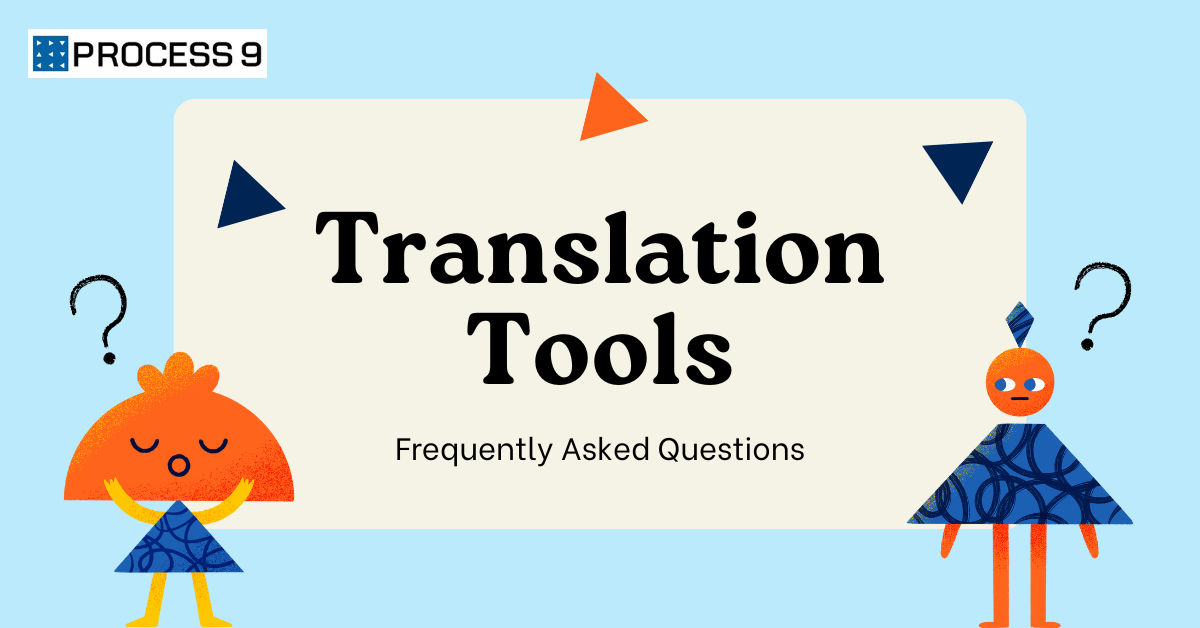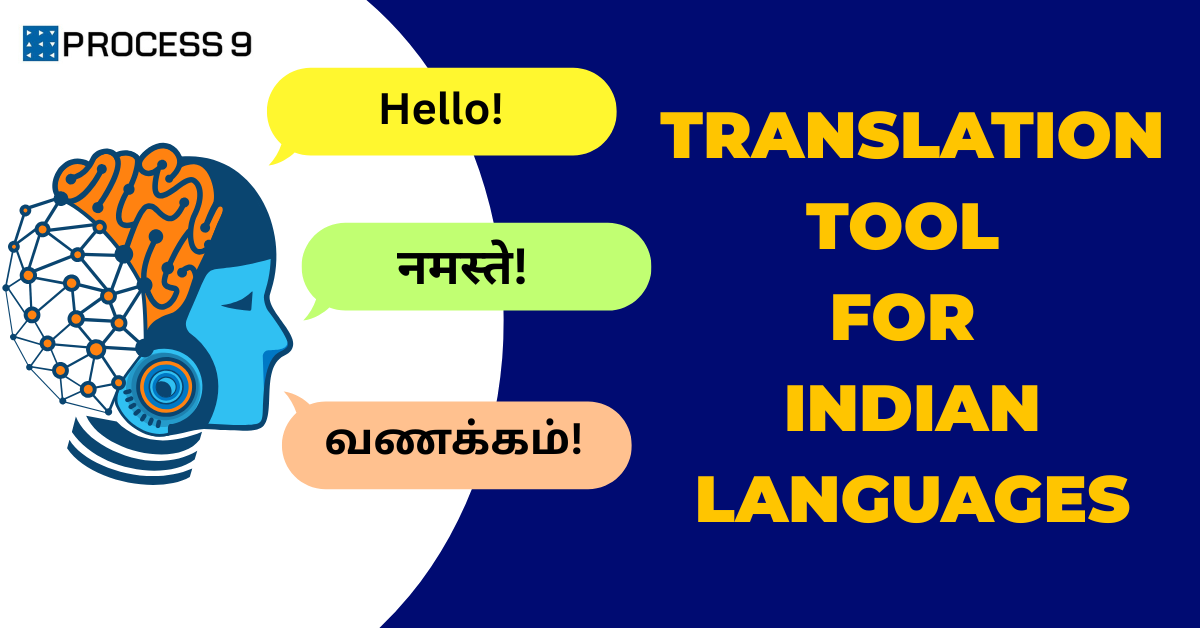India’s digital landscape is experiencing unprecedented growth, with internet penetration reaching 55.3% in 2025, representing 806 million users, and the user base projected to exceed 900 million in this year itself. As this massive digital audience continues to expand rapidly, businesses are grappling to capture this growing new user base and establish meaningful connections across diverse market segments. Effective localization has become critical for business success – and choosing the right localization method can save companies millions in marketing costs, customer acquisition expenses, and market penetration investments. At the same time, AI-powered website translation software is revolutionizing how Indian companies scale across multiple languages, offering unprecedented efficiency and accuracy in reaching this vast, multilingual digital market.
If you’re evaluating translation solutions for your Indian business, understanding the fundamental differences between these approaches could save you lakhs of rupees and months of development time. This comprehensive analysis breaks down the real costs, benefits, and considerations of each method, specifically tailored for the Indian market.
The Traditional Localization Landscape: Understanding the Old Guard
Traditional localization has been the gold standard for decades, involving a complex web of human translators, project managers, and lengthy review cycles. This approach typically follows a waterfall methodology where content moves through multiple stages of translation, editing, and approval before reaching end users.
How Traditional Localization Works
The traditional process involves several key stages that can extend timelines significantly. First, source content is extracted and prepared for translation, often requiring technical expertise to handle various file formats. Next, professional translators work on the content, followed by linguistic review and cultural adaptation. Finally, the translated content undergoes quality assurance before being integrated back into the website or application.
This methodology, while thorough, creates numerous bottlenecks and dependencies that can delay product launches and increase costs exponentially as you scale to multiple languages.
The Hidden Costs of Traditional Methods
When Indian businesses calculate localization costs, they often focus only on per-word translation rates, missing the substantial hidden expenses that can double or triple their total investment. Project management overhead typically adds 20-30% to base translation costs, as dedicated coordinators are needed to manage multiple vendors and ensure quality consistency across Indian languages.
Technical integration costs represent another significant expense, often requiring specialized developers to handle complex scripts like Devanagari, Tamil, or Bengali. These technical requirements can add ₹40-75 lakhs annually for enterprise-level implementations serving multiple Indian states.
Revision and maintenance costs compound over time, as any website updates require repeating the entire localization process. For dynamic websites with frequent content updates, this can result in ongoing monthly expenses of ₹8-20 lakhs per language, making expansion across India’s linguistic diversity prohibitively expensive.
The Rise of AI-Powered Website Translation Software
Modern website translation software represents a paradigm shift from traditional methods, leveraging artificial intelligence, machine learning, and automation to deliver faster, more cost-effective multilingual solutions. These platforms integrate directly with your existing technology stack, providing real-time translation capabilities that scale automatically with your business growth.
Core Technology Advantages
AI-powered translation software utilizes neural machine translation (NMT) engines that continuously learn and improve from translation patterns. Unlike static traditional methods, these systems adapt to your specific industry terminology, brand voice, and content style over time.
Advanced platforms like Process9’s MoxVeda combine machine translation with human-in-the-loop workflows, ensuring high accuracy while maintaining the speed and scalability benefits of automation. This hybrid approach delivers translation quality that rivals traditional methods while reducing costs by up to 70%.
Real-time integration capabilities mean that new content is automatically translated and published without manual intervention, eliminating the delays and bottlenecks inherent in traditional workflows. This automation extends to technical SEO elements, ensuring that translated pages maintain search engine optimization across all languages.
Scalability and Flexibility Benefits
Modern translation software excels in scenarios where businesses need to move quickly and scale efficiently. Adding new languages becomes a configuration change rather than a major project, allowing companies to test new markets without significant upfront investment.
The technology adapts to various content types automatically, from marketing copy to technical documentation, without requiring specialized workflows for each content category. This flexibility is particularly valuable for businesses with diverse content needs across different departments and use cases.
Quality and Accuracy Analysis
One of the most common concerns about AI-powered translation software is whether it can match the quality of human translation. Modern neural machine translation engines have achieved remarkable accuracy improvements, with leading platforms achieving 95%+ accuracy for business content when properly configured.
Understanding Translation Quality Metrics
Translation quality is measured using several key metrics including accuracy, fluency, and cultural appropriateness. Traditional human translation typically achieves 98-99% accuracy for initial translations, but this drops during the revision and maintenance phases due to inconsistencies between different translators and projects.
AI-powered systems maintain consistent quality across all content and languages, improving over time as they learn from corrections and feedback. The hybrid approach used by advanced platforms combines machine translation speed with human oversight, often achieving quality levels that exceed traditional methods while maintaining cost and speed advantages.
Domain-Specific Customization
Modern translation software excels at learning industry-specific terminology and maintaining brand consistency across languages. Custom glossaries, translation memories, and style guides can be implemented to ensure translations align with your brand voice and technical requirements.
This customization capability is particularly valuable for businesses with specialized terminology, as the AI learns and applies these terms consistently across all content, eliminating the variability that can occur with different human translators.
Real-World Success Stories
The transition from traditional localization to AI-powered translation software has delivered measurable results for businesses across various industries. These case studies demonstrate the practical benefits of modern translation technology.
Implementation Considerations and Best Practices
Successfully transitioning to AI-powered website translation software requires careful planning and execution. Understanding the key factors that influence success can help ensure smooth implementation and optimal results.
Technical Integration Requirements
Modern translation platforms are designed to integrate seamlessly with existing technology stacks, but proper planning ensures optimal performance. API-first architectures enable flexible integration with content management systems, e-commerce platforms, and custom applications.
Key technical considerations include content delivery network (CDN) integration for optimal performance, search engine optimization preservation across languages, and database architecture that supports multilingual content efficiently.
Content Strategy Optimization
AI-powered translation works best when content is structured for multilingual delivery from the outset. This includes using consistent terminology, avoiding idioms that don’t translate well, and structuring content in ways that work across different languages and cultural contexts.
Implementing translation-friendly content creation workflows ensures that new content is optimized for both human readers and AI translation systems, maximizing quality while minimizing post-translation editing requirements.
Quality Assurance and Continuous Improvement
While AI-powered systems deliver high-quality translations automatically, implementing quality assurance processes ensures optimal results. This includes regular accuracy audits, user feedback integration, and continuous training of the AI system with domain-specific content.
Establishing clear quality metrics and monitoring processes helps maintain translation standards while identifying opportunities for improvement and optimization.
Security and Compliance Considerations
Enterprise-grade translation software must meet stringent security and compliance requirements, particularly for regulated industries like finance, healthcare, and government services.
Data Protection and Privacy
Leading translation platforms implement comprehensive data protection measures including end-to-end encryption, secure data processing, and compliance with regulations like GDPR and CCPA. Process9’s platform undergoes regular security audits including VAPT and ISO 27001 certification, ensuring enterprise-grade security.
Data residency options allow businesses to maintain control over where their content is processed and stored, addressing regulatory requirements in different jurisdictions.
Industry-Specific Compliance
Different industries in India have specific compliance requirements for multilingual content. Financial services must comply with SEBI regulations in regional languages, healthcare needs medical terminology precision across Indian languages, and e-commerce requires accurate product descriptions that comply with consumer protection laws in local languages.
Advanced AI translation platforms can be configured to meet these specific Indian regulatory requirements, often with better consistency than traditional methods that rely on different human translators for different Indian languages and may not maintain regulatory compliance across all regional markets.
Making the Decision: Key Factors to Consider
Choosing between traditional localization and AI-powered website translation software depends on several key factors specific to your business needs and constraints.
Business Scale and Growth Plans
Companies with aggressive growth plans and multiple market expansion goals benefit significantly from the scalability of AI-powered solutions. The ability to add new languages quickly and cost-effectively supports rapid international expansion.
For businesses with limited, stable localization needs, traditional methods might seem sufficient, but the hidden costs and inflexibility often become apparent as requirements evolve.
Content Volume and Update Frequency
High-volume, frequently updated content strongly favors AI-powered solutions. E-commerce sites, news platforms, and SaaS applications with regular feature updates benefit from automated translation capabilities.
Static content with infrequent updates may initially seem suitable for traditional methods, but the total cost of ownership often favors modern solutions even for lower-volume scenarios.
Quality Requirements and Risk Tolerance
While AI-powered systems achieve excellent quality, some businesses require absolute perfection for critical content. Hybrid approaches that combine AI speed with human oversight often provide the best balance of quality, speed, and cost.
Risk tolerance also influences the decision, as traditional methods offer more predictable (though higher) costs, while AI-powered solutions provide better ROI with slightly more implementation complexity.
Conclusion: The Clear Path Forward for Indian Businesses
The data overwhelmingly supports AI-powered website translation software as the superior choice for most Indian businesses in 2025. With cost savings of 47-66%, implementation timelines reduced by 80%, and quality that matches or exceeds traditional methods, the business case is particularly compelling for companies targeting India’s diverse linguistic markets.
However, the decision ultimately depends on your specific business needs, technical requirements, and expansion plans across Indian markets. Companies with aggressive pan-India expansion goals, high-volume content needs, or limited localization budgets will find AI-powered solutions transformative for reaching customers across India’s 28 states and 8 union territories.
The key is choosing a platform that combines advanced AI capabilities with enterprise-grade security, comprehensive integration options, and ongoing support for Indian languages and cultural nuances. Process9‘s MoxVeda platform exemplifies this approach, delivering the technology and support needed to scale across India while maintaining quality and cost efficiency.
As you evaluate your options, consider not just the immediate costs and benefits, but the long-term strategic advantages of choosing a solution that grows with your business and adapts to India’s evolving digital landscape and linguistic diversity.
Ready to transform your multilingual strategy across Indian markets? Contact Process9 to learn how MoxVeda can deliver the cost savings and efficiency improvements outlined in this analysis for your Indian business. Our team of experts can provide a customized assessment of your specific requirements and potential ROI for expanding across India’s diverse linguistic landscape.







Share: